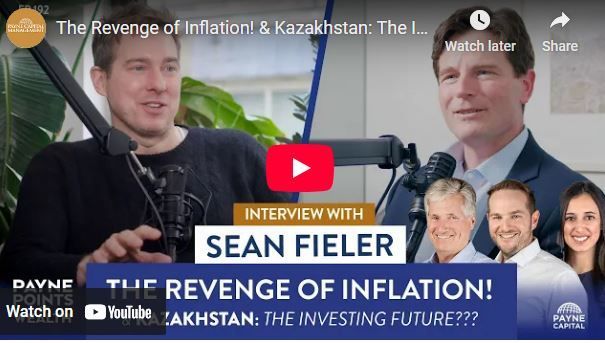Kuroto Fund, L.P. - Q3 2021 Letter
Dear Partners and Friends,
performance & portfolio
Kuroto Fund gained +1.6% in the third quarter of 2021 and was up +26.5% for the year to date through September 30th. By comparison, the EM index declined -8.0% in the third quarter and -1.2% for the year to date through September. We estimate that our portfolio is trading at 5.9x earnings, generating a 19.5% ROE, growing earnings 16.6% YoY, and generating a 6.3% dividend yield on a look-through basis for 2022. [1]
In the past quarter, we sold a small portion of our position in FPT as well as our entire stake in Pakistan Stock Exchange in order to make several new investments. FPT remains a very attractive investment in our opinion, but some of our new investment opportunities were too good to pass up. One of our new holdings was trading below its net current assets when we purchased it: a classic net-net. In addition, the company came with a great management team and a well-aligned and experienced board. Another new investment we made during the quarter is a market-leading business whose true earnings power is masked behind temporary financial expenses.
During the quarter we added to Kuroto’s modest energy exposure as well. Our fund now has an 8% exposure to oil and gas through two investments. The Western World seems determined to end oil and gas production before the world has a viable alternative. This decision risks creating an energy crisis that will hurt poor countries the most and has created a particularly attractive investment opportunity in emerging market E&P companies. Both E&P companies we own are trading in excess of 30% free-cash-flow yields, and hence could buy back all their shares in 3 years or less. Overall, we are pleasantly surprised to be finding such attractive investments while many of our core markets—Brazil, India, and Southeast Asia—are trading at or near all-time highs.
Pakistan stock exchange
We’ve owned several stock exchanges over the years as we find the business model inherently attractive. Exchanges are monopolistic, particularly in emerging markets where dark pools are often not present. In addition, the financial structure of these businesses is such that the marginal cost of an extra dollar of revenue is usually close to zero. Once set up, these businesses can grow without investing much incremental capital. Furthermore—for reasons that prove markets are sometimes inefficient—they tend to trade at low valuations when stock markets are doing poorly and at high valuations when the market is hot. As a result, an exchange can be purchased at the bottom of the cycle with depressed earnings and a compressed valuation. When the cycle turns, earnings rise thanks to increases in trading volumes and price while the valuation on earnings expands. We keep a target list of exchanges in developing markets and monitor them should their valuations become attractive.
Last year, Pakistan’s stock market was struggling due to both the pandemic and the knock-on effects of an IMF package. As a result, Pakistan’s stock exchange was doing poorly as volume and average-daily-value traded was down. Unsurprisingly, the stock exchange was also trading at a cheap valuation. Even beyond these basic facts there were special circumstances that made the exchange particularly attractive last year. To understand them, it is necessary to understand a bit of the history of the exchange.
Prior to 2016, each of the major cities in Pakistan—Karachi, Lahore, and Islamabad—had distinct exchanges. As part of the China-Pakistan investment project, the Pakistani government encouraged the three regional exchanges to merge and brought in Chinese exchanges as outside investors. Together, they listed the resultant exchange and brought in ex-pat management. This management established best practices and significantly upgrading the technology of the exchange, but ultimately was unable to unlock the exchange’s full value.
The upside of the exchange was its latent assets. The first such asset was latent pricing power. The price Pakistan Stock Exchange charged for trades was far below that of neighboring countries’ exchanges. Raising prices would be an easy win for management, but they were unable to get the regulator and its partnering brokerage firms to agree. The second latent asset was establishing online retail stock trading in the country for the first time. There are 220 million Pakistanis but only about 1% have retail brokerage accounts. The third avenue to unlock was Pakistan Stock Exchange’ stakes in both the country’s clearing and depository businesses. These two monopolistic businesses are quite profitable, but the rules restricted the amount of dividends they could pay to the exchange. Finally, the fourth asset to surface was the exchange’s real estate value. The original exchanges were set up decades ago in prime real estate within the country’s three major cities. The real estate around the exchanges remains undeveloped but valuable. A third party assessed this real estate at a price that was worth approximately half of the exchange’s market value when we purchased it.
Last year, the board at the Pakistan Stock Exchange decided to replace its ex-pat manager with Farrukh Khan, the former CEO of one of the country’s largest brokerage firms. At that time, we participated in a call Farrukh held with investors. He struck us as an executive that understands his home country of Pakistan and would unlock value at the exchange. Moreover, Farrukh articulated the four right priorities: raise prices, build online stock trading, unlock dividends at the subsidiary levels, and monetize the exchange’s real estate.
While verifying what Farrukh said on the call, we immediately set about finding stock to purchase as we felt this opportunity would not last. We had never previously invested in Pakistan, but we had researched Pakistani companies for years and had an account already set up to trade. It’s fortunate that we were able to act quickly, because Farrukh did not waste any time executing his plan. In his first year as CEO, he accomplished three of his goals, even though they have yet to show up on the company’s financials. The pandemic also provided a nice online trading tailwind.
As in every other global markets, online retail trading of stocks proved very popular in Pakistan during the pandemic. Brokerage accounts have more than doubled in the past year in Pakistan. Combined with higher pricing and improved performance of businesses as they exited the pandemic, revenue grew almost 50% in the full year ended June 30, 2021. Due to the fixed cost nature of Pakistan Stock Exchange, profits grew over three times. Unsurprisingly, as the market realized what was happening the stock of the company doubled, and its valuation increased from a low double-digit P/E multiple to over 30 times. At this higher valuation, we decided to exit the investment. While there is certainly a long runway for online retail stock trading in Pakistan, at that multiple we were happy to move on to green pastures.
Sincerely,
Sean Fieler Brad Virbitsky
END NOTES
[1] Performance stated for Kuroto Fund, L.P. Class A on a net basis. An investor’s performance may differ based on timing of contributions, withdrawals, share class, and participation in new issues. Unless otherwise noted, all company-specific data is derived from internal analysis, company presentations, or Bloomberg. Company valuations and exposures are as of 9.30.20.
Endnote: Unless otherwise noted, all company-specific data derived from internal analysis, company presentations, Bloomberg, and other independent sources. Values as of 06.30.21, unless otherwise noted.
This document is not an offer to sell or the solicitation of an offer to buy interests in any product and is being provided for informational purposes only and should not be relied upon as legal, tax or investment advice. An offering of interests will be made only by means of a confidential private offering memorandum and only to qualified investors in jurisdictions where permitted by law.
An investment is speculative and involves a high degree of risk. There is no secondary market for the investor’s interests and none is expected to develop and there may be restrictions on transferring interests. The Investment Advisor has total trading authority. Performance results are net of fees and expenses and reflect the reinvestment of dividends, interest and other earnings.
Prior performance is not necessarily indicative of future results. Any investment in a fund involves the risk of loss. Performance can be volatile and an investor could lose all or a substantial portion of his or her investment.
The information presented herein is current only as of the particular dates specified for such information, and is subject to change in future periods without notice.
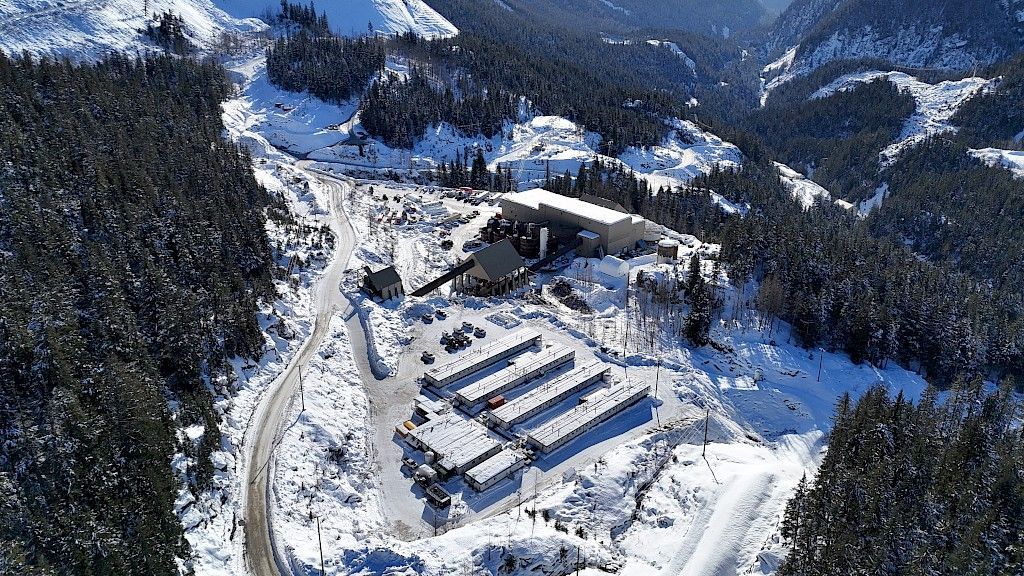
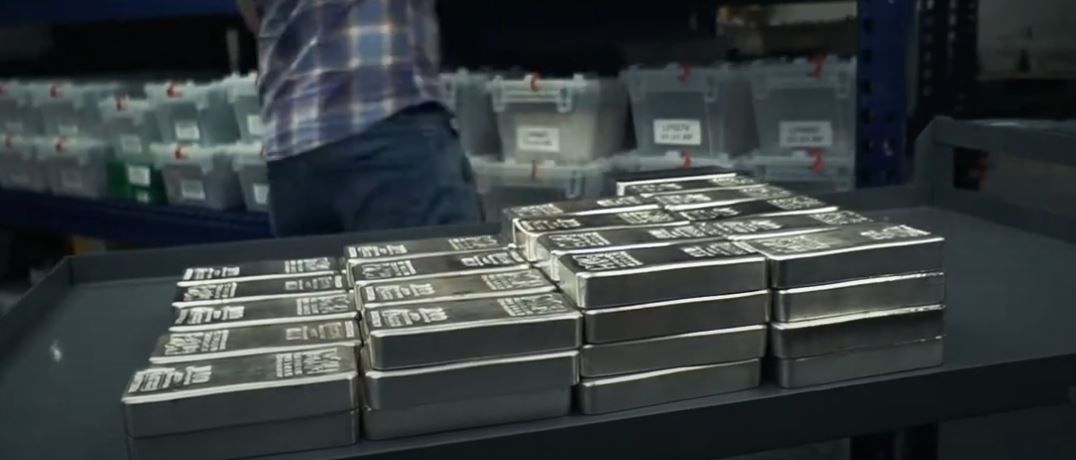

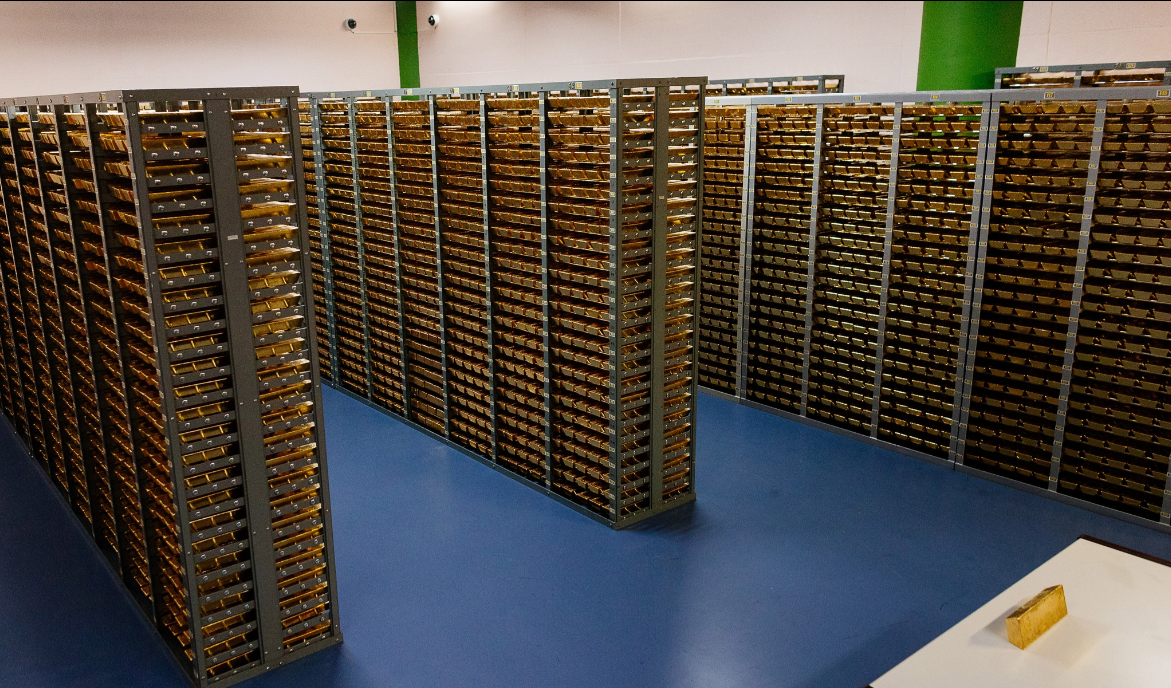

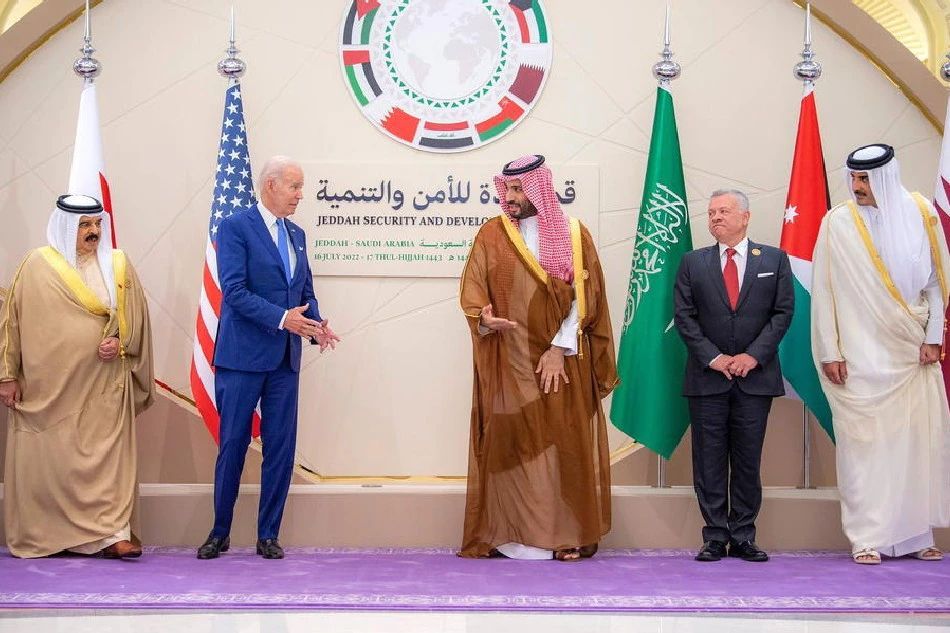

Equinox Partners Investment Management, LLC | Information as of 12.31.24 unless noted | *SEC registration does not imply a certain level of skill or training
Equinox Partners Investment Management, LLC | Site by Fix8


